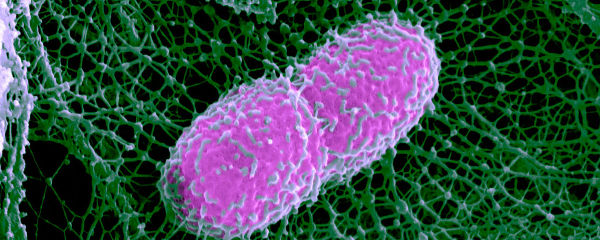What I’ve Learned:
“Sublimation: It’s just nature’s way of cutting to the chase.”
The word “sublimation” can mean a number of different things. In psychology, sublimation is an emotionally-driven defense mechanism identified by Friedrich Nietzsche, and then turned by Freud into some wild-ass uncomfortable shit about your mother. Because that’s what Freud did to everything.
Sublimation can apparently also mean brainwashing someone to listen to a certain ’90s surf-ska-punk band at high volume until three in the morning, which some sadistic asshole seems to have done to our upstairs neighbor. I’d wish some sick Freudian thing on them both — but it’s the wrong way.
In scientific terms, sublimation is the process where a solid substance decides it’s not going to bother with becoming a liquid, and changes directly into a gas. Skipping the whole “melting” thing can be a real time-saver — like eating breakfast in the shower or getting dressed without underpants.
Of course, it takes a special set of circumstances for this molecular commando-ing to work. Most substances move from solid to liquid, and then liquid to gas, as the temperature rises. But at just the right combination of temperature and pressure, some compounds can be coaxed to slide straight from solid to vapor, without any of the wet stuff in between.
Which is usually not at all the way “going commando” works. So it’s all the more impressive.
Every chemical compound has something called the “triple point”, a pressure and temperature combination where it can exist in a solid, liquid and gaseous state in equilibrium. Think of it as a Zen thing — or, if you prefer, a big bowl of Neapolitan ice cream. All flavors at once, and one for all. Below this triple point, sublimation can occur. That happens at extreme conditions for most substances — but not all.
One familiar example of sublimation is often seen in science labs, haunted houses and cheesy productions of Phantom of the Opera. Namely, dry ice — which is the solid form of carbon dioxide. Instead of melting, dry ice gives off those spooky clouds of vapor that people associate with Halloween, spooky forests and black lagoons from which creatures are likely to emerge.
But even plain old water — or technically, ice — can sublimate, and at temperatures we’re familiar with. For instance, the process of freeze-drying food involves sublimation of ice crystals. So does freeze-drying’s sadder, uglier cousin, freezer burn. And glaciers and mountaintops and even comets can lose some of their ice via direct sublimation, as well.
One process that isn’t sublimation, despite the name, is (most) dye-sublimation printing. When these printers were first developed, it was thought that the dyes used literally sublimated from solid to gas — but it was later found this wasn’t the case. Still, the marketing was already in place — and you don’t say “no” to the advertising execs, so the name stuck. But in reality, only the fancier-sounding “dye sublimation heat transfer imprinting” printers are worthy of the name, and actually use sublimation.
(And just like everything in this world that needs five words to describe, they’ll cost you.)
So sublimation isn’t so strange, though it takes an odd sort of chemical shortcut to make it happen. But some days, you just don’t have time to cycle through all the phases of matter. Sublimation is just a quick way to get straight from solid to gas, without a lot of mucking about in between.
Or a lot of underpants. Like they say, sometimes science can get a little messy.




Sublime piece of scientific literature, you could explain science to a dog, together with psicology. By the way, a smoking turd, is sublimating?